
Умная почта, быстрый бизнес. Автоматически помечайте, анализируйте и отвечайте на запросы, котировки, заказы и многое другое — мгновенно.
В тренде
Categories
Tonawanda Propulsion: 90 years of engines, from fighter planes to V-8s
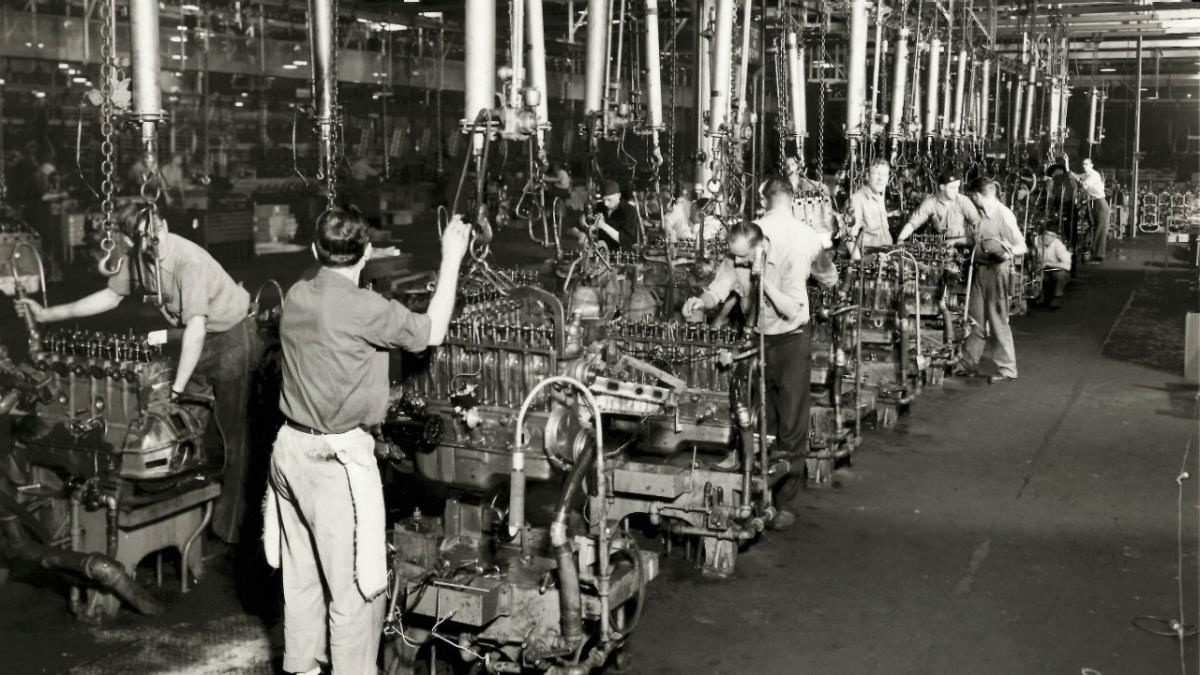
Tonawanda Propulsion: 90 Years of Engines, from Fighter Planes to V-8s
Nestled along the Niagara River in Buffalo, New York, the Tonawanda Propulsion plant has been a vital component of General Motors’ engine production since its establishment in 1938. Originally known as the Chevrolet Motor and Axle Plant, this expansive 3.1 million-square-foot facility, spanning 190 acres, has played a significant role in both automotive innovation and the broader American industrial landscape.
Tara Wasik, regional plant director for Tonawanda and the nearby St. Catharine’s Propulsion facility in Ontario, reflects on the plant’s enduring legacy: “This plant is 87 years old and an icon in the western New York region. Having spent 26 years of my career here, I feel a deep sense of pride.”
A Legacy of Adaptation
The origins of the Tonawanda plant date back to 1937 when General Motors broke ground on the site. It officially opened a year later, initially focusing on the assembly of inline six-cylinder engines and axles for Chevrolet vehicles. However, the outbreak of World War II necessitated a dramatic shift in production priorities. Between 1941 and 1945, the plant transitioned from civilian automotive manufacturing to military production, converting its assembly lines to produce 14- and 18-cylinder Pratt & Whitney aircraft engines. These engines powered key Allied aircraft such as the P-61 Black Widow, B-24 Liberator, and P-47 Thunderbolt. To support this effort, a new 750,000-square-foot aviation engine facility was constructed on-site and operated by Chevrolet under contract with the U.S. government. By 1943, Tonawanda was responsible for producing 10 percent of all U.S.-built aircraft engines, manufacturing over 64,000 units during the war.
Following the conclusion of the war, the plant returned to its automotive roots. From 1945 to 1958, Tonawanda resumed assembly of six-cylinder engines, including the powerplant for the inaugural 1953 Chevrolet Corvette. The 1950s also saw the reactivation of the Aviation Engine Plant to produce components for Curtiss-Wright aircraft. During this period, the facility introduced several technological advancements, such as aluminum piston engines, a 162-horsepower V-8, and a 170-horsepower engine paired with GM’s two-speed Powerglide automatic transmission. In 1958, the plant launched the celebrated Mark series Chevrolet “big block,” further cementing its reputation for innovation.
Investing in the Future
Today, Tonawanda Propulsion stands at the intersection of tradition and transformation. General Motors has committed $888 million to the plant to support the production of next-generation V8 engines designed for trucks and SUVs. This substantial investment highlights GM’s strategic decision to maintain a strong portfolio of internal combustion engines amid the automotive industry’s gradual shift toward electric vehicles.
The market has responded positively to this investment, reflecting sustained demand for a diverse range of engine options. While some competitors accelerate their focus on electric and hybrid technologies, GM’s approach signals a continued commitment to modernizing traditional engine offerings. The broader industry’s pivot toward electric mobility presents long-term challenges for conventional engine manufacturing, yet GM’s investment underscores its dedication to innovation and adaptability within its established propulsion operations.
From its origins producing wartime aircraft engines to its role in developing iconic V-8s, Tonawanda Propulsion’s 90-year history is marked by resilience and reinvention—qualities that continue to define its place in the evolving automotive landscape.
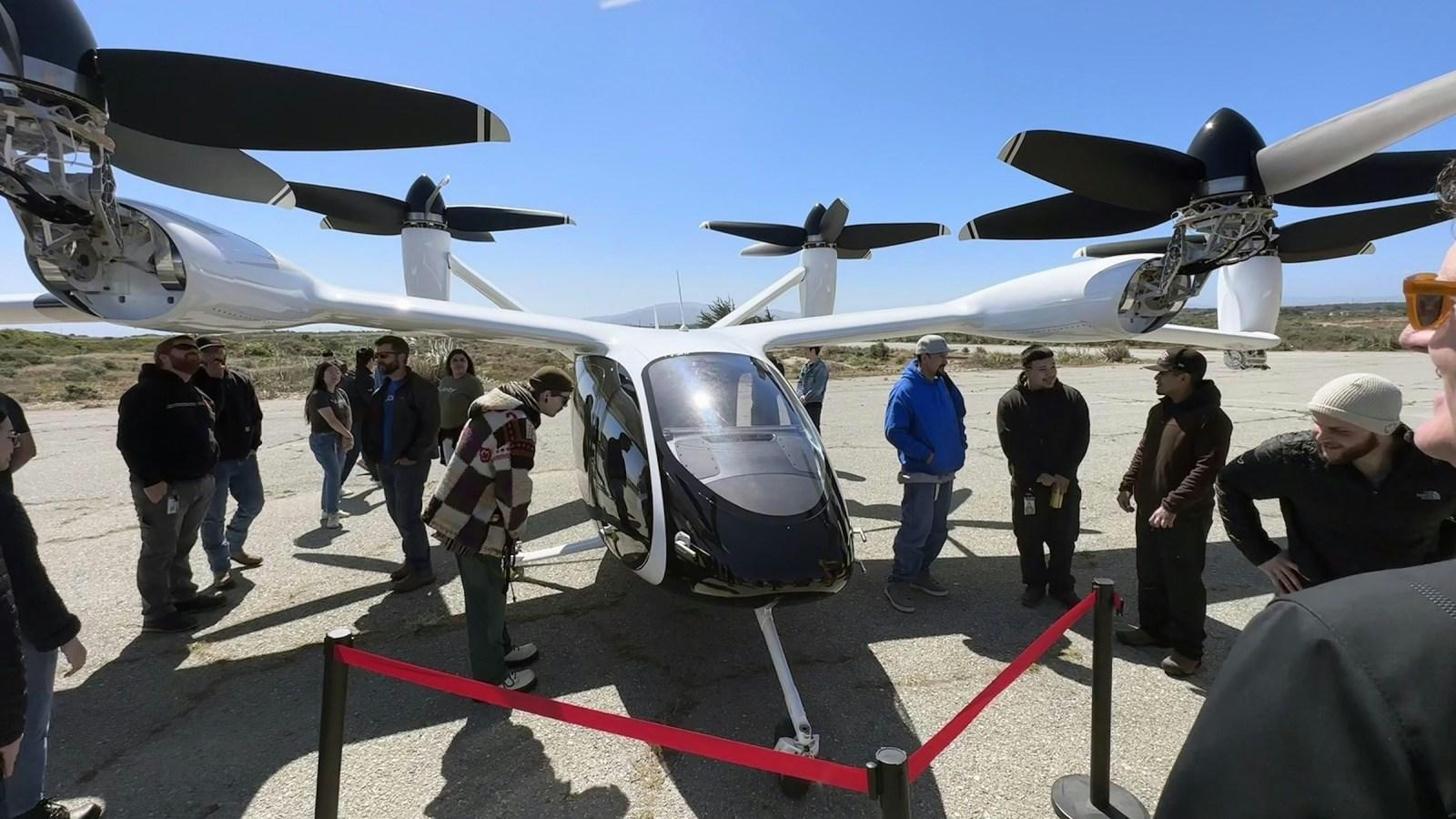
Electric air taxis to be showcased at this weekend's Salinas Airshow
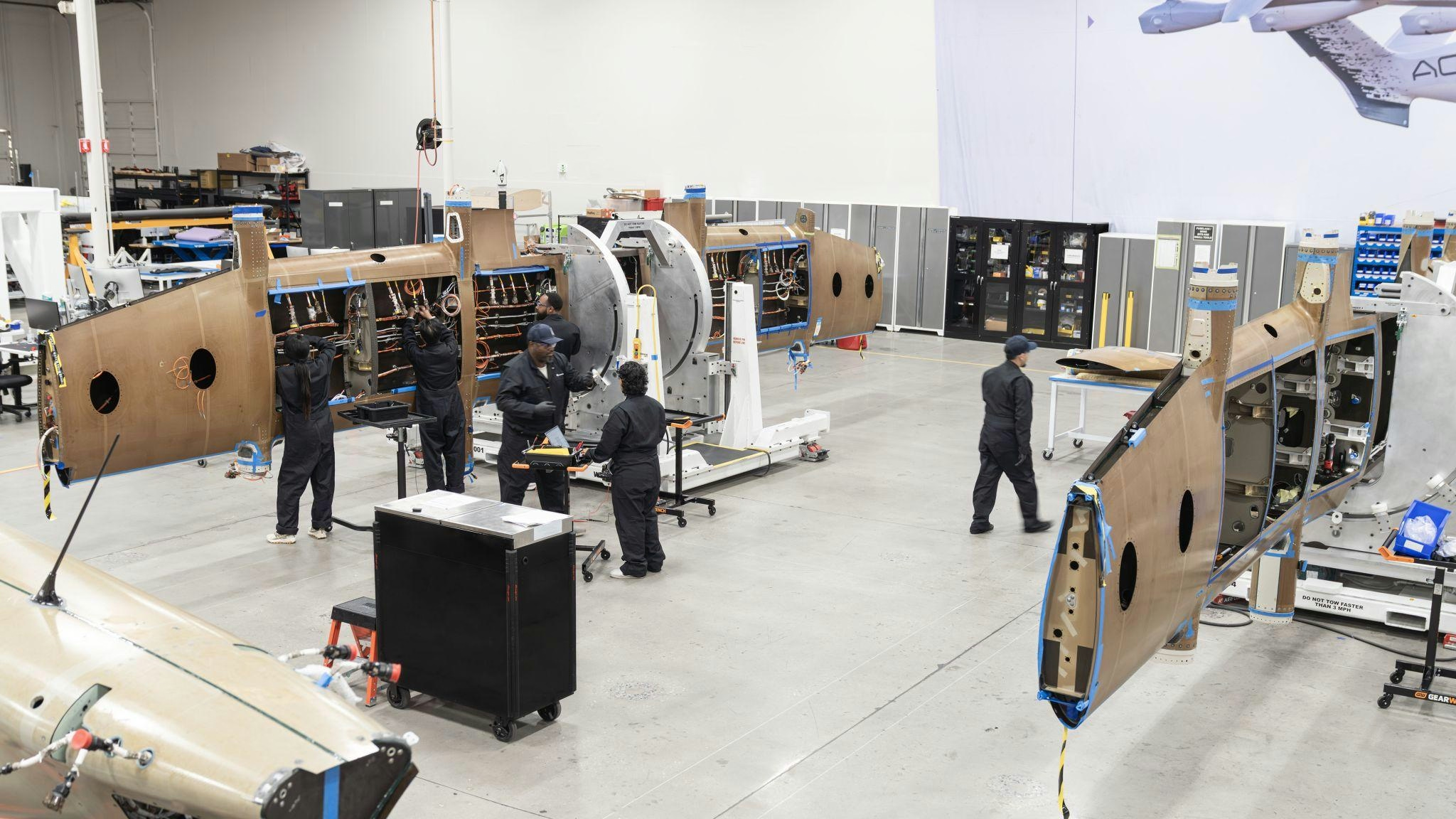
Archer Aviation’s Electric Midnight Aircraft Debuts at California Air Show

AirProtect Expands in Texas Through Partnership with SouthernPlex

Boeing Invests $85 Million in Canadian Innovation Zone Espace Aéro
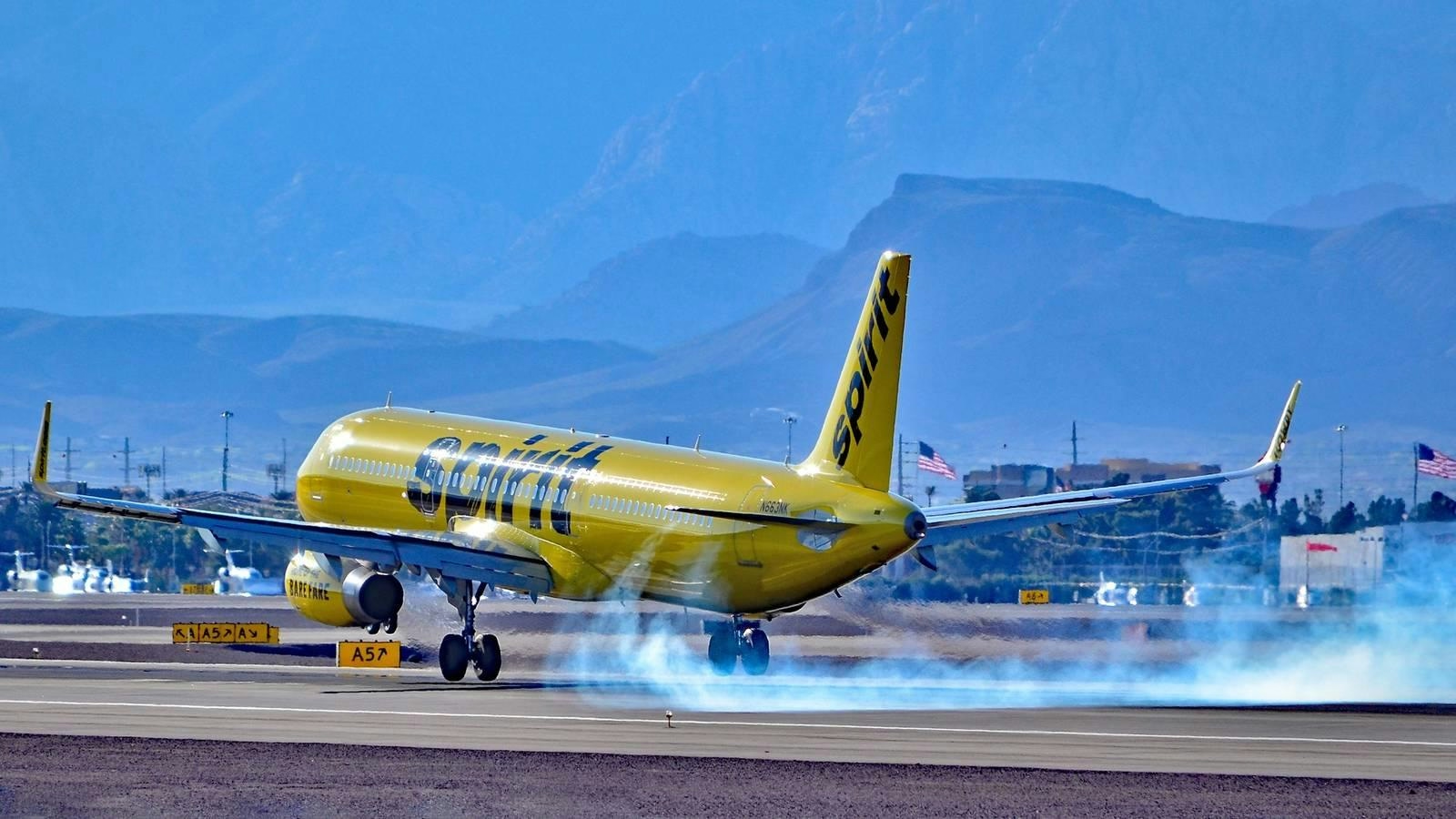
Spirit Airlines to Reject 87 Aircraft Leases

Legacy Manufacturing Integrates Advanced AAM Technologies

NTSB Analyzes Flight Recorders from Delta Jets Collided at LaGuardia
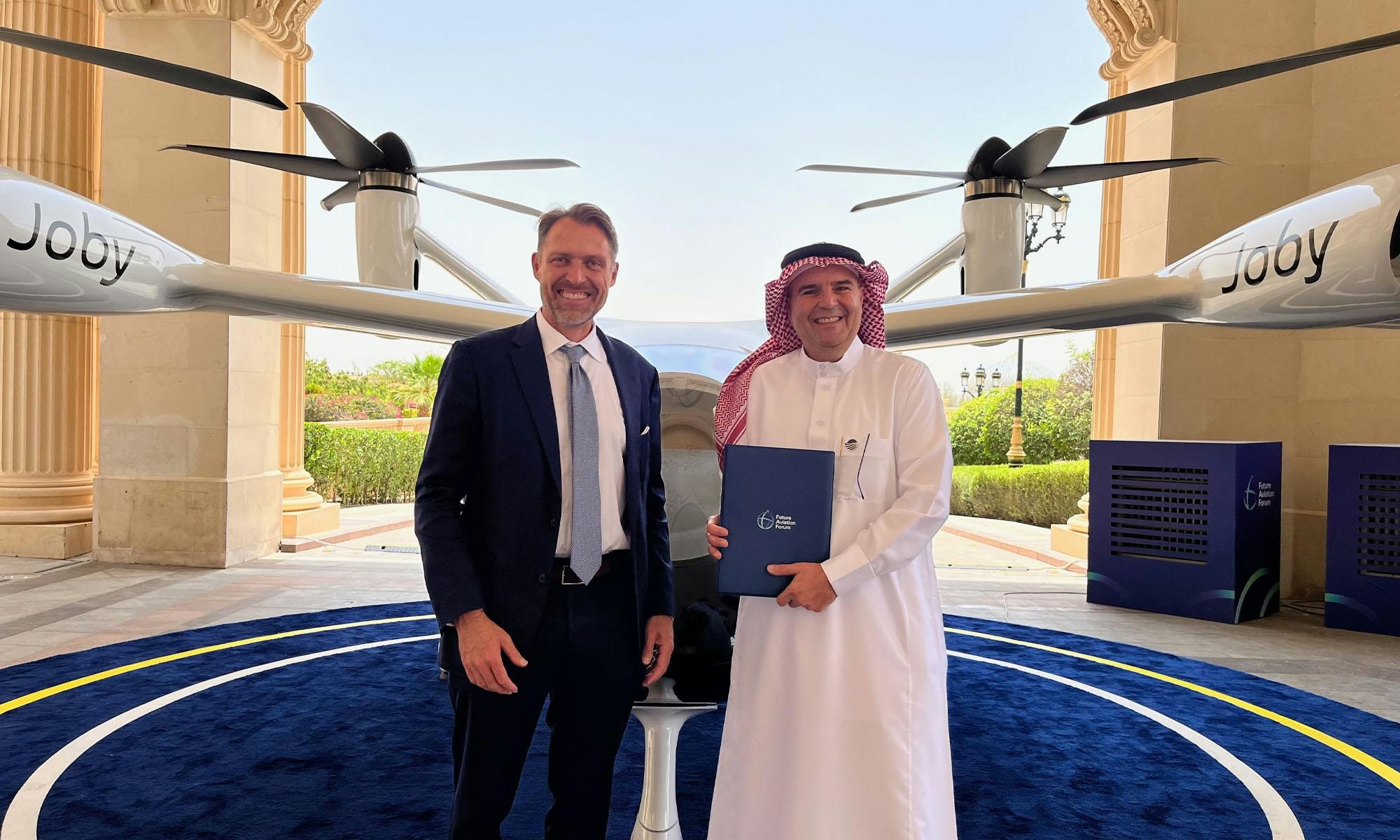
Joby Aviation Partners with UAE for Air Taxi Launch Amid Global Expansion
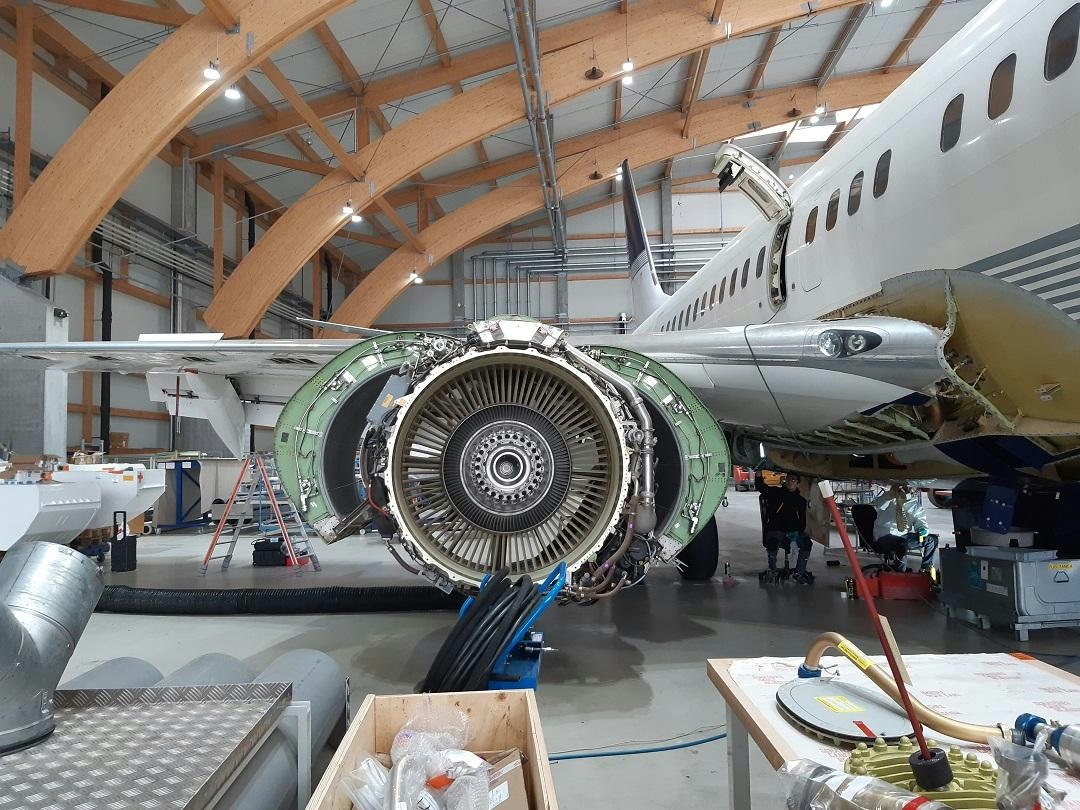
BBJ 737 Inspections Conducted at AMAC Aerospace in Bodrum, Turkey
